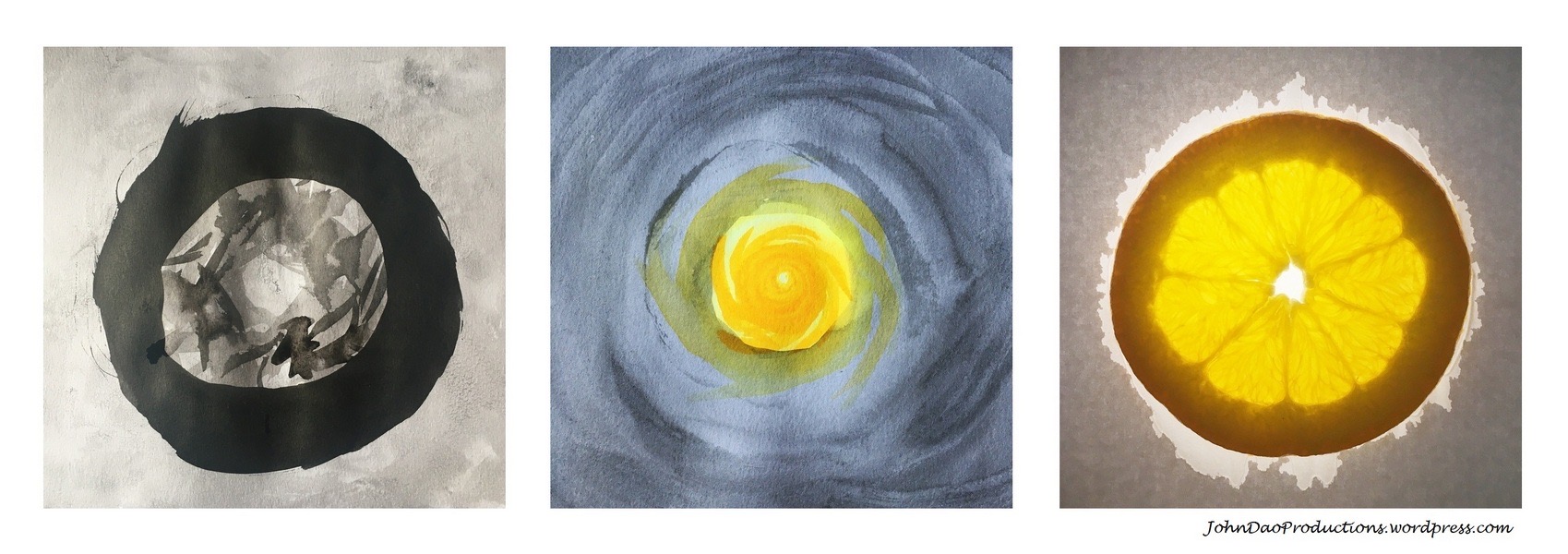-
Content count
6,587 -
Joined
-
Last visited
-
Days Won
41
Everything posted by Trunk
-
@Vajra Fist, Thanks for the reading references. “.. transformative prayers available to the layperson.” yup! ”.. vehicle for awakening bodhicitta .. benefitting beings .. “ The mani mantra is a really kind balanced mantra .. reflective of GuanYin’s role, effects, cultural place. A lot could be said about how broad the appeal of GuanYin is, across regions, traditions, genders .. and the deity yoga process - the simplest form, just offerings and an altar .. tempting to sketch out the simplest. I’m just rambling now. - Trunk
-
Happy new year! A few weeks ago I posted this mani essay - then got an itch to rewrite a poorly written paragraph. I'm afraid I'm going senile because, turns out, there was a ton o' rewrite to do - and I feel better that I've hacked through that. Now, posting this mani mantra ~ secret style essay to the community to kick the tires, testing for bullet-proof: #1 does it communicate clearly? I'm trying to make the concepts commonly accessible (not just to us esoteric nerds) #2 other editorial comments https://johndaoproductions.wordpress.com/2025/12/15/mani-mantra-secret-style-a-primer/ cheers, Trunk
-
I've updated edited my little zhan zhuang primer to include relevant external video links of both Damo Mitchell and Sifu Matsuo, to address the circulation~stagnation (and tissue development & energetic refinement) issues, re: zhan zhuang. And edited my own text a bit. Damo's video short made me chew on this. Good.
-

Hi, Newcomer here! I'm curious about learning more about meditation...
Trunk replied to GreenFire9993's topic in Welcome
@GreenFire9993, Welcome! to TDBs. - Trunk -
Welcome to TDBs! - Trunk


